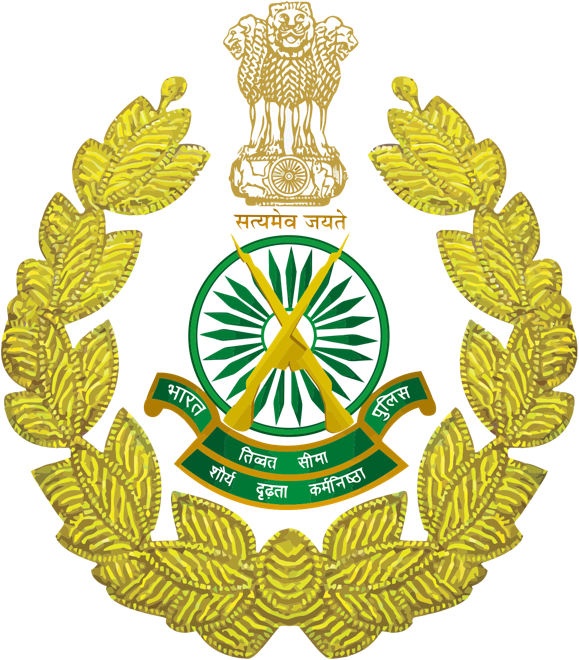Free Courses Sale ends Soon, Get It Now


Free Courses Sale ends Soon, Get It Now



Copyright infringement not intended
Context: Cabinet Committee on Security approved the induction of over 9,000 troops in the Indo-Tibetan Border Police (ITBP).
Details:
About:
Task:
Security Forces in India:
Military Forces:
Central Armed Police Forces/ Paramilitary Forces in India:
Special Forces of India:

© 2024 iasgyan. All right reserved